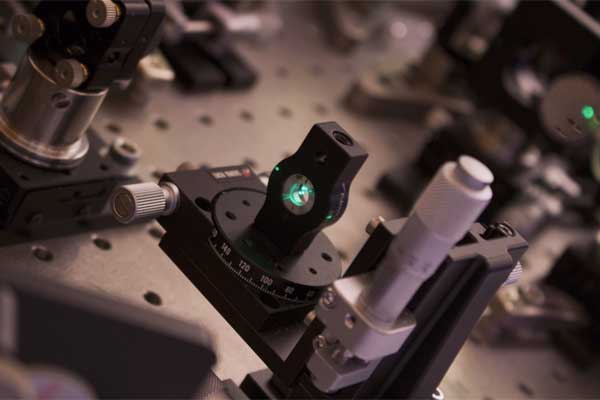For the first time, researchers from Lund University have successfully measured in detail the flow of solar energy, in and between different parts of a photosynthetic organism. The result is a first step in research that could ultimately contribute to the development of technologies that use solar energy far more efficiently than what is currently possible.
For about 80 years, researchers have known that photochemical reactions inside an organism do not occur in the same place as where it absorbs sunlight. What has not been known, however, is how and along what routes the solar energy is transported into the photosynthetic organism – until now.
“Not even the best solar cells that we as humans are capable of producing can be compared to what nature performs in the first stages of energy conversion. That is why new knowledge about photosynthesis will become useful for the development of future solar technologies”, says Donatas Zigmantas, Faculty of Science at Lund University, Sweden.
Together with his colleagues Jakub Dostál, Lund University, and Jakub Pšenčík, Charles University in Prague, Donatas Zigmantas has studied the photosynthesis of bacterial cells. Using ultrafast spectroscopy – a measurement method that uses light to study molecules etc. – they were able to locate the routes along which solar energy is transported. The routes run both within and between the components of a photosynthetic cell. According to the researchers, their discovery demonstrates how the biological machinery is connected.
The research results show that the transport of solar energy is much more efficient within, than between, different cell components. It limits the transfer of energy between the components and thereby also the efficiency of the entire photosynthetic energy conversion process.
“We have identified the transport routes as well as the bottlenecks that cause congestion in the photosynthetic energy conversion. In the future, this knowledge can be used within solar cell technology”, says Donatas Zigmantas.
So far this is basic research – more studies of how energy is transported in both natural and artificial systems are needed before the results can be turned into practice.
“However, in the longer term, our results might well provide the basis for the development and manufacturing of systems on a molecular level that collect, store and transport sunlight to the solar cells”, says Donatas Zigmantas.
The Lund researchers’ discoveries were recently published in an article in the scientific journal Nature Chemistry.
Reference(s):
Publication: Jakub Dostál, Jakub Pšenčík, Donatas Zigmantas. In situ mapping of the energy flow through the entire photosynthetic apparatus. Nature Chemistry, 2016
Story: Lund University | July 18, 2016














Comments